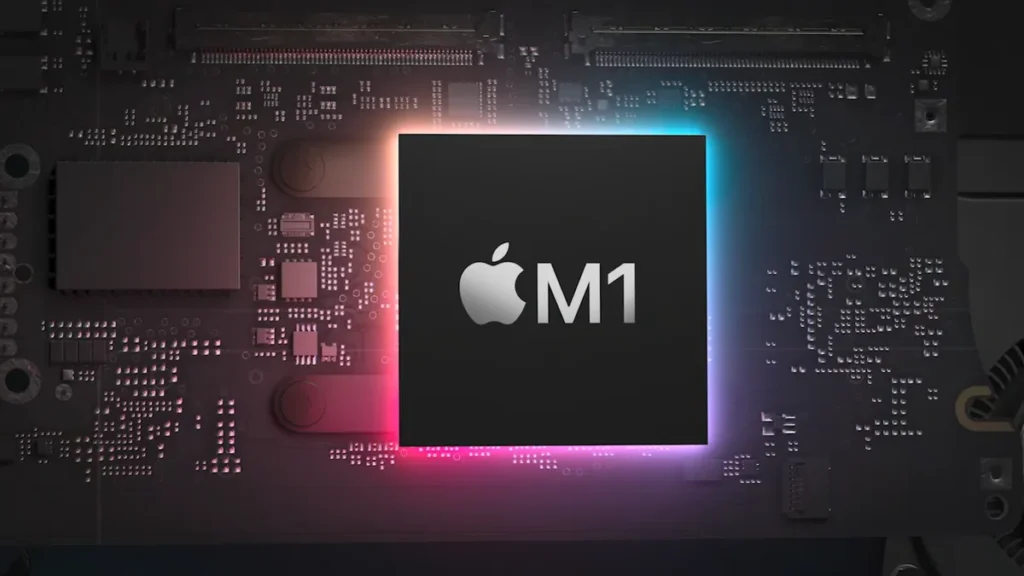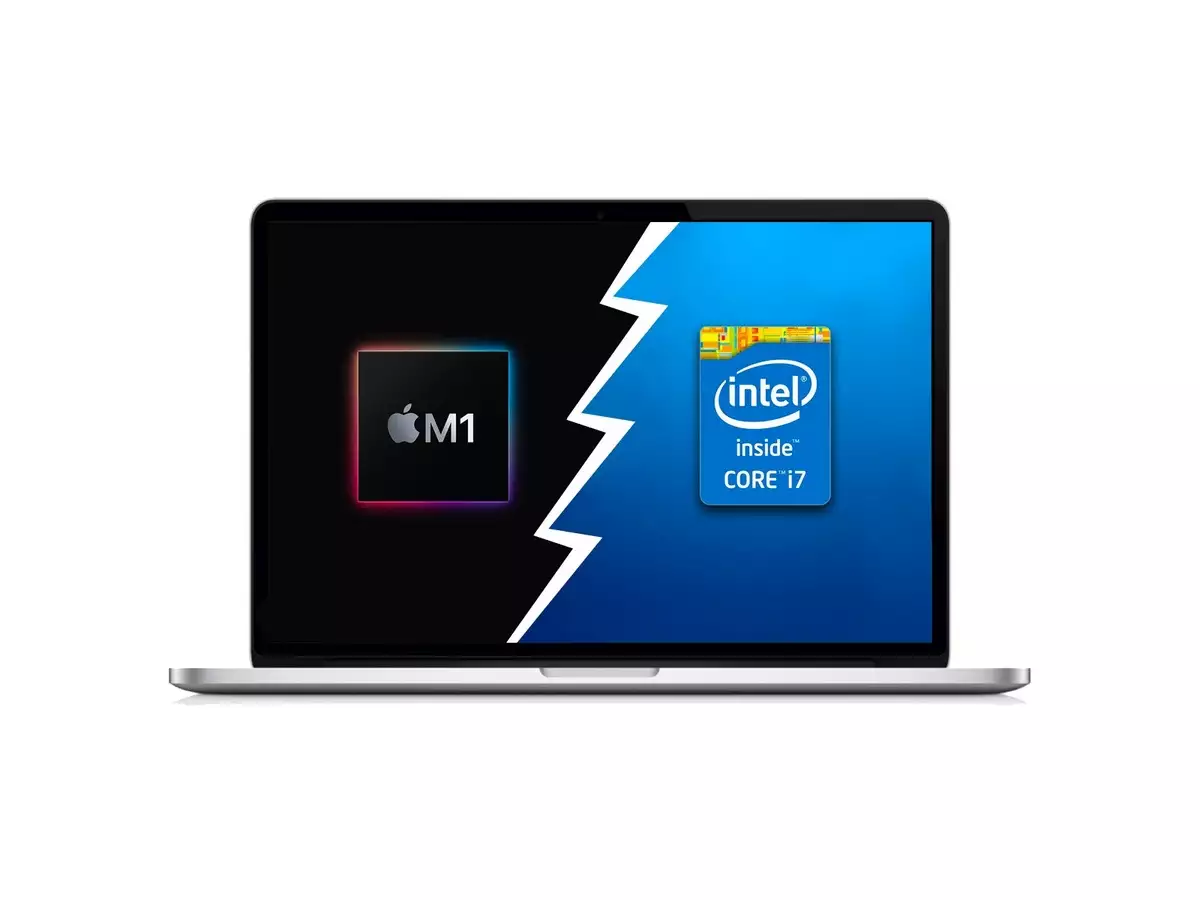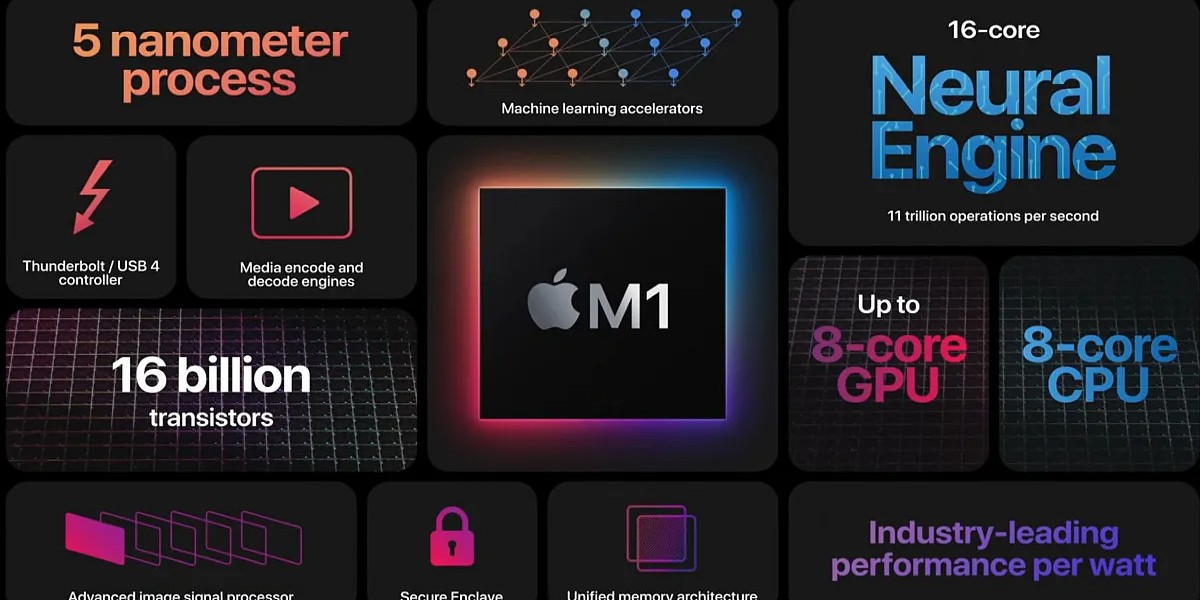Discover the groundbreaking transition as the Apple M1 chip takes over Intel’s reign in the new MacBook lineup. Explore the enhanced performance, power efficiency, and seamless integration that make the M1 chip a game-changer in the world of laptops.
Introduction
In the ever-evolving landscape of technology, Apple has once again pushed the boundaries with its latest MacBook lineup. A significant shift has taken place as Apple bids farewell to Intel processors and introduces its own custom-designed chip, the Apple M1. This article delves into the remarkable journey of how the Apple M1 chip replaces Intel in the new MacBook, revolutionizing performance, power efficiency, and user experience.
The Apple M1 Chip Replaces Intel in The New MacBook
The transition from Intel processors to the Apple M1 chip marks a monumental moment in Apple’s history. With this groundbreaking move, Apple aims to elevate the MacBook’s capabilities to new heights. Let’s explore the reasons behind this shift and the remarkable advancements offered by the Apple M1 chip.

Improved Performance and Power Efficiency
Unleashing Exceptional Power
The Apple M1 chip harnesses the potential of ARM architecture, delivering unmatched performance and efficiency. Its eight-core CPU, consisting of four high-performance cores and four energy-efficient cores, ensures a seamless computing experience.
Speed and Responsiveness
With the M1 chip, MacBook users can bid farewell to laggy interfaces and enjoy snappy performance like never before. The integration of high-performance GPUs and neural engines on the same chip streamlines tasks such as video editing, photo processing, and 3D rendering.
Enhanced Integration and Compatibility
Unified Architecture
One of the standout features of the Apple M1 chip is its unified architecture, which consolidates multiple components onto a single chip. By integrating the CPU, GPU, neural engine, and other essential components, Apple has achieved a remarkable level of efficiency and seamless performance. This integration allows for optimized system-level operations and eliminates bottlenecks, resulting in faster and more efficient workflows.
Rosetta 2 Translation
To ensure a smooth transition from Intel-based applications to the M1 architecture, Apple has developed Rosetta 2 translation technology. This innovative solution enables Intel-based apps to run seamlessly on the new MacBook models powered by the M1 chip. Users can continue to utilize their favorite apps without experiencing any compatibility issues, further enhancing the user experience.
Improved Battery Life
The Apple M1 chip brings substantial improvements to battery life in the new MacBook lineup. Thanks to its energy-efficient cores and optimized architecture, the M1 chip consumes significantly less power during everyday tasks. Users can now enjoy extended battery life, allowing for longer work sessions, streaming, and general usage without constantly worrying about finding a power outlet.
Frequently Asked Questions
Will my existing Intel-based software work on the new MacBook with the Apple M1 chip?
Yes, thanks to Rosetta 2 translation technology, your existing Intel-based software will work seamlessly on the new MacBook models powered by the Apple M1 chip.
What are the advantages of the Apple M1 chip over Intel processors?
The Apple M1 chip offers superior performance, improved power efficiency, better integration, and extended battery life compared to Intel processors.
Can I expect better graphics performance with the Apple M1 chip?
Absolutely! The M1 chip integrates high-performance GPUs, ensuring enhanced graphics performance for tasks such as video editing, gaming, and 3D rendering.
Will the transition to the Apple M1 chip impact app availability?
No, the transition to the Apple M1 chip does not impact app availability. The Mac App Store and other platforms continue to offer a wide range of applications compatible with the M1 architecture.
Is the Apple M1 chip future-proof?
The Apple M1 chip represents a significant leap forward in terms of performance and efficiency. With its advanced architecture and ongoing software optimizations, it is poised to remain relevant for years to come.
Can I upgrade my existing MacBook to the M1 chip?
No, the Apple M1 chip is specific to the new MacBook models released after its introduction. Upgrading to the M1 chip requires purchasing a new MacBook.

Conclusion
The introduction of the Apple M1 chip marks a pivotal moment in Apple’s journey towards independence from Intel processors. The M1 chip’s remarkable performance, power efficiency, and seamless integration have redefined the MacBook experience. As Apple continues to push the boundaries of innovation, The Apple M1 Chip Replaces Intel in The New MacBook proves to be a game-changer, offering users unparalleled performance and a glimpse into the future of computing.

